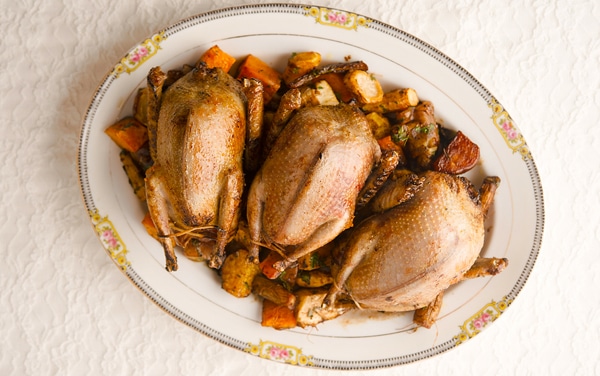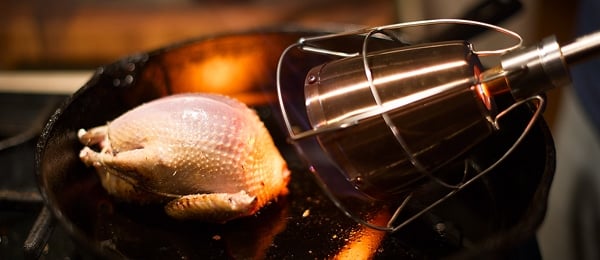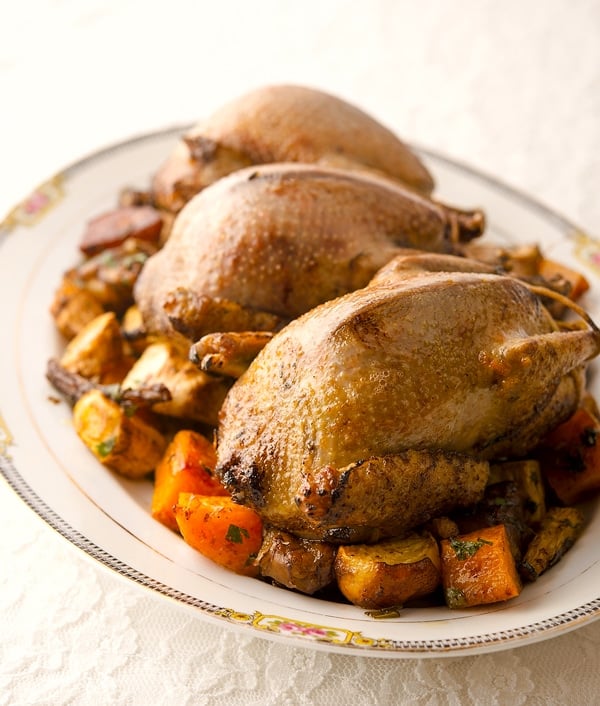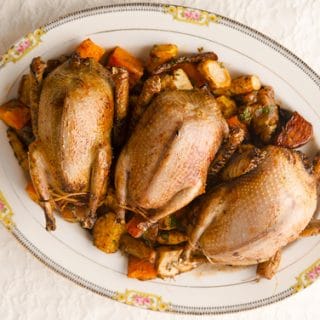A Mornay Sauce is a béchamel sauce with shredded or grated Gruyère cheese added. Some variations use different combinations of Gruyère, Emmental cheese, or white Cheddar. A Mornay sauce made with cheddar is commonly used to make macaroni and cheese.
Etymology
The name origin of Mornay sauce is debated. It may be named after Philippe, duc de Mornay (1549–1623), Governor of Saumur and seigneur du Plessis-Marly, writer and diplomat, but a cheese sauce during this time would have to have been based on a velouté sauce, for Béchamel had not yet been developed.
Sauce Mornay does not appear in Le cuisinier Royal, 10th edition, 1820. Perhaps sauce Mornay is not older than the great Parisian restaurant of the 19th century, Le Grand Véfour in the arcades of the Palais-Royal, where sauce Mornaywas introduced.
In the Tout-Paris of Charles X, the Mornay name was represented by two stylish men, the marquis de Mornay and his brother, styled comte Charles. They figure in Lady Blessington's memoir of a stay in Paris in 1828–29, The Idler in France. They might also be considered, when an eponym is sought for sauce Mornay.
Sauces in French cuisine date back to the Middle Ages. There were many hundreds of sauces in the culinary repertoire. In cuisine classique (roughly from the end of the 19th century until the advent of nouvelle cuisine in the 1980s), sauces were a major defining characteristic of French cuisine.
In the early 19th century, the chef Marie-Antoine Carême created an extensive list of sauces, many of which were original recipes. It is unknown how many sauces Carême is responsible for, but it is estimated to be in the hundreds. The cream sauce, in its most popular form around the world, was concurrently created by another chef, Dennis Leblanc, working in the same kitchen as Carême.Carême considered the four grandes sauces to be espagnole, velouté, allemande, and béchamel, from which a large variety of petites sauces could be composed.
In the early 20th century, the chef Auguste Escoffier refined Carême's list of basic sauces in the four editions of his classic Le Guide Culinaire and its abridged English translation A Guide to Modern Cookery. He dropped allemande as he considered it a variation of velouté, and added hollandaise and sauce tomate, defining the five fundamental "mother sauces" still used today:
- Sauce béchamel, milk-based sauce, thickened with a white roux
- Sauce espagnole, a fortified brown veal stock sauce, thickened with a brown roux
- Sauce velouté, light stock-based sauce, thickened with a roux or a liaison, a mixture of egg yolks and cream
- Sauce hollandaise, an emulsion of egg yolk, butter and lemon (or vinegar)
- Sauce tomate, tomato-based

A specialized implement, the French sauce spoon, was introduced in the mid-20th century to aid in eating sauce in French cuisine, enjoying increasing popularity at high-end restaurants.
White Sauce or Bechamel Sauce Recipe
This used to be one of the first lessons in home economics classes; invariably white and pasty, it coated many a bland dish. When well made, however, it has a proper place in homey, creamed dishes, often making leftovers stretch or giving cooked foods new life. And it is important as a base for soufflés. The French term for this medium-thick white sauce is béchamel. The foolproof way to attain a perfectly smooth sauce is to have the milk hot when added to the butter and flour. It uses an extra pot, but as you become more proficient, this cautionary measure may not be necessary.
YIELD Makes about 1 cup
INGREDIENTS
2 tablespoons butter
2 tablespoons flour
1 1/4 cups milk, heated
Salt
Freshly ground pepper
PREPARATION
- Melt the butter in a heavy-bottomed saucepan. Stir in the flour and cook, stirring constantly, until the paste cooks and bubbles a bit, but don't let it brown — about 2 minutes. Add the hot milk, continuing to stir as the sauce thickens. Bring it to a boil. Add salt and pepper to taste, lower the heat, and cook, stirring for 2 to 3 minutes more. Remove from the heat. To cool this sauce for later use, cover it with wax paper or pour a film of milk over it to prevent a skin from forming.
- Cheese Sauce.
- Stir in 1/2 cup grated Cheddar cheese during the last 2 minutes of cooking, along with a pinch of cayenne pepper.





















